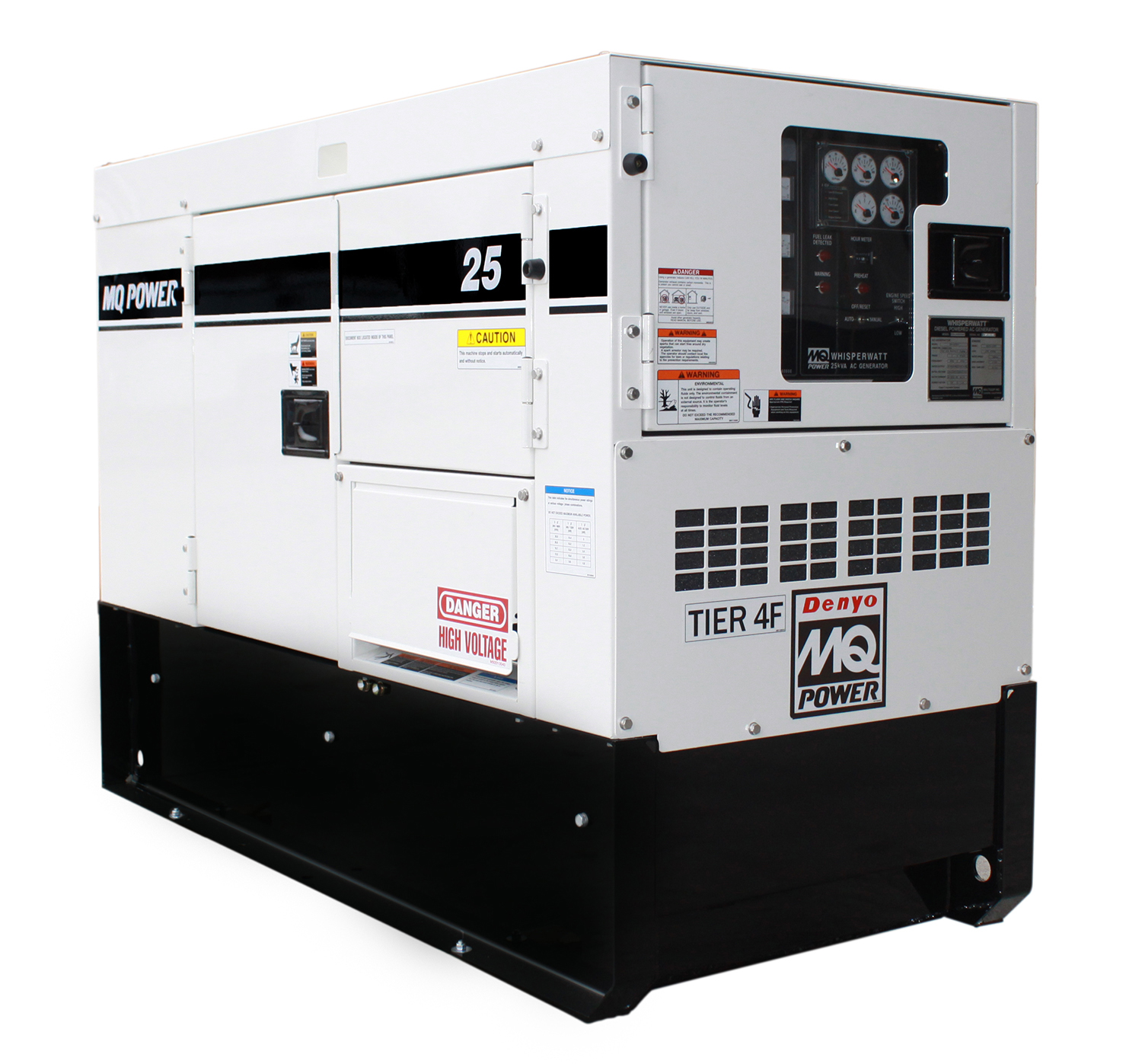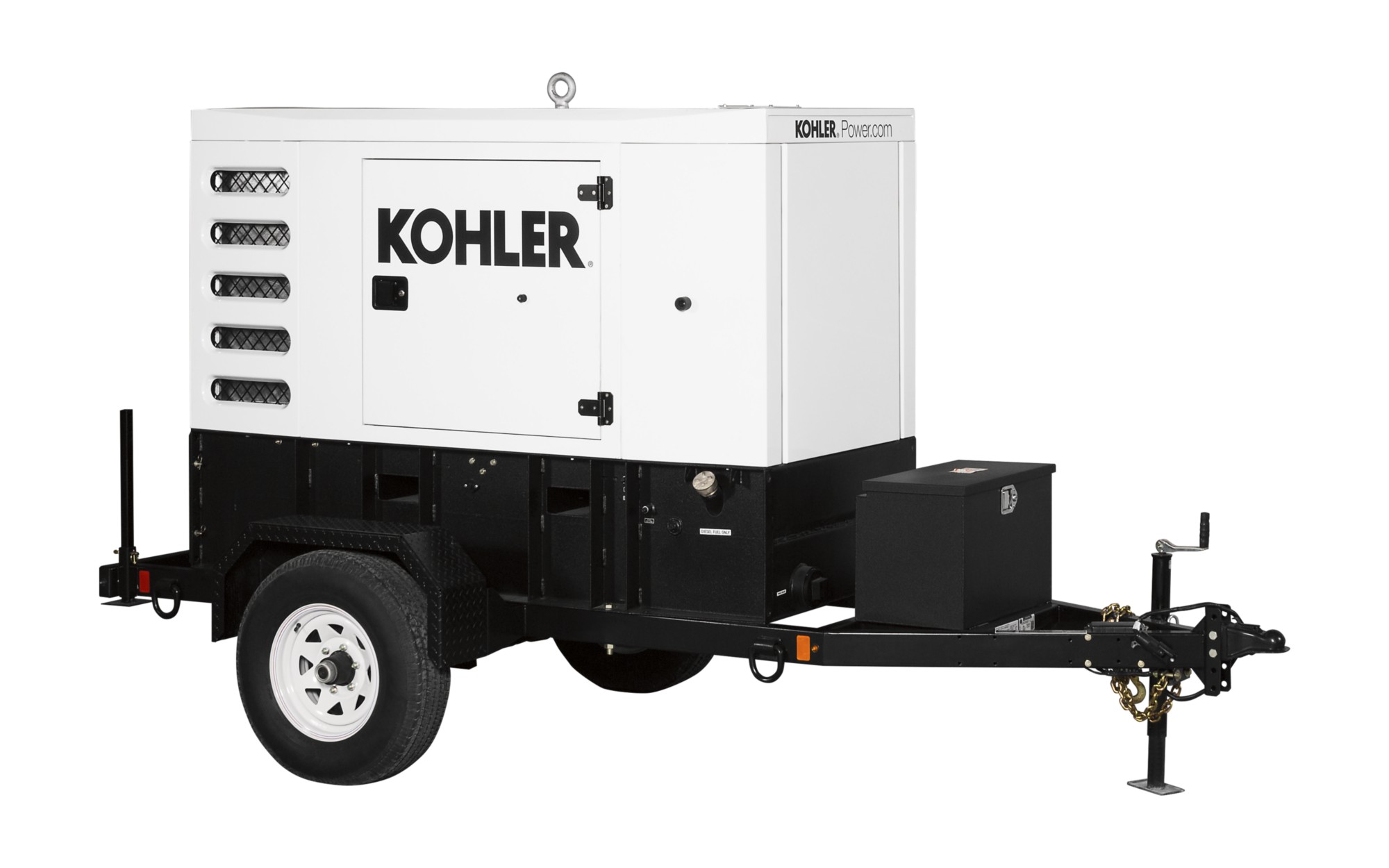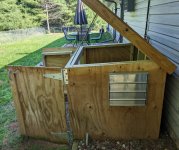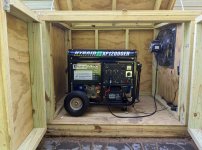Toosh
Veteran Member
My 30 year old genny died and I've replaced her with a new portable, natural gas unit. It's a larger unit which means I have to re-work the genny shed. I'm in a suburban neighborhood. Doing all that I can to make the thing quiet (and a bit clandestine) is important.
As I recall elementary school physics, sound travels in waves, thus the two best ways to soundproof is to reflect the wave and/or absorb it. Absorbing sound is easy with enough product. But no one seems to be using reflection. When I look at YouTubes to see what everyone is building for a modern genny shed they are still using a basic box. Why is no one building a pyramid (or other shape) to reflect waves back to the ground or adding baffling to the walls? What am I missing? Anyone got anything other than a basic box? How's it working for ya?
(And, yes: I know about mufflers, fans, ventilation and the other aspects of a genny shed.)
As I recall elementary school physics, sound travels in waves, thus the two best ways to soundproof is to reflect the wave and/or absorb it. Absorbing sound is easy with enough product. But no one seems to be using reflection. When I look at YouTubes to see what everyone is building for a modern genny shed they are still using a basic box. Why is no one building a pyramid (or other shape) to reflect waves back to the ground or adding baffling to the walls? What am I missing? Anyone got anything other than a basic box? How's it working for ya?
(And, yes: I know about mufflers, fans, ventilation and the other aspects of a genny shed.)






